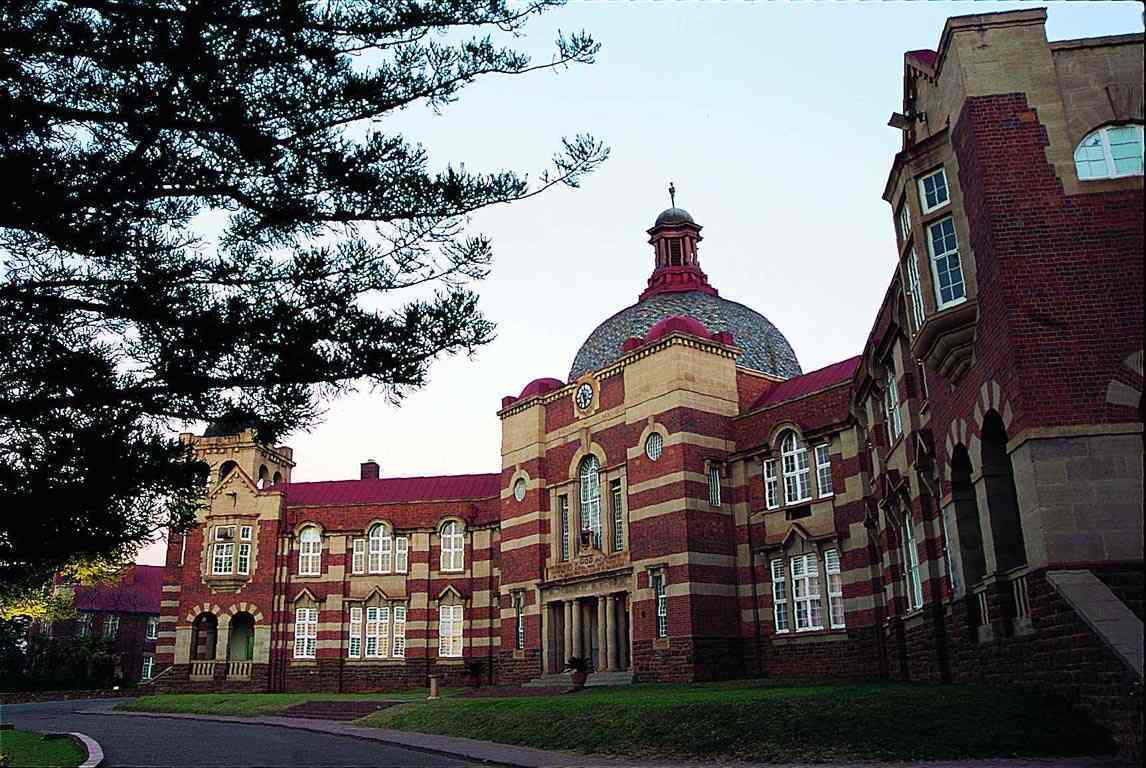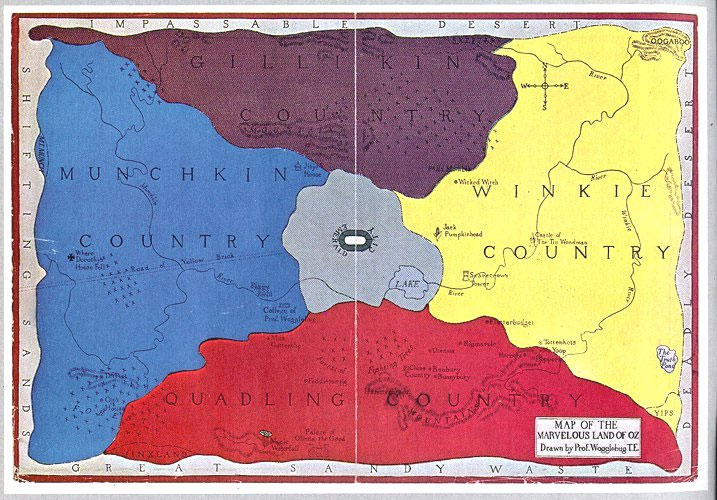|
Neuralink
Neuralink Corporation is a neurotechnology company that develops implantable brain–computer interfaces (BCIs). Founded by Elon Musk and a founding team of seven other scientists and engineers, the company's headquarters is in the Pioneer Building in San Francisco sharing offices with OpenAI. Neuralink was launched in 2016 and was first publicly reported in March 2017. Since its founding, the company has hired several high-profile neuroscientists from various universities. By July 2019, it had received $158 million in funding (of which $100 million was from Musk) and was employing a staff of 90 employees. At that time, Neuralink announced that it was working on a "sewing machine-like" device capable of implanting very thin (4 to 6 μm in width [...More Info...] [...Related Items...] OR: [Wikipedia] [Google] [Baidu] |
Elon Musk
Elon Reeve Musk ( ; born June 28, 1971) is a business magnate and investor. He is the founder, CEO and chief engineer of SpaceX; angel investor, CEO and product architect of Tesla, Inc.; owner and CEO of Twitter, Inc.; founder of The Boring Company; co-founder of Neuralink and OpenAI; and president of the philanthropic Musk Foundation. With an estimated net worth of around $139 billion as of December 23, 2022, primarily from his ownership stakes in Tesla and SpaceX, Musk is the second-wealthiest person in the world according to both the ''Bloomberg Billionaires Index'' and ''Forbes'' real-time billionaires list. Musk was born in Pretoria, South Africa and briefly attended at the University of Pretoria before moving to Canada at age 18, acquiring citizenship through his Canadian-born mother. Two years later, he matriculated at Queen's University and transferred to the University of Pennsylvania, where he received bachelor's degrees in economics and physics. He moved ... [...More Info...] [...Related Items...] OR: [Wikipedia] [Google] [Baidu] |
Brain–computer Interface
A brain–computer interface (BCI), sometimes called a brain–machine interface (BMI) or smartbrain, is a direct communication pathway between the brain, brain's electrical activity and an external device, most commonly a computer or robotic limb. BCIs are often directed at researching, Brain mapping, mapping, assisting, Augmented cognition, augmenting, or repairing human Cognitive skill, cognitive or Sensory-motor coupling, sensory-motor functions. Implementations of BCIs range from non-invasive (Electroencephalography, EEG, Magnetoencephalography, MEG, Electrooculography, EOG, Magnetic resonance imaging, MRI) and partially invasive (Electrocorticography, ECoG and endovascular) to invasive (microelectrode array), based on how close electrodes get to brain tissue.Michael L Martini, BA, Eric Karl Oermann, MD, Nicholas L Opie, PhD, Fedor Panov, MD, Thomas Oxley, MD, PhD, Kurt Yaeger, MD, Sensor Modalities for Brain-Computer Interface Technology: A Comprehensive Literature Review, ... [...More Info...] [...Related Items...] OR: [Wikipedia] [Google] [Baidu] |
Brain–computer Interface
A brain–computer interface (BCI), sometimes called a brain–machine interface (BMI) or smartbrain, is a direct communication pathway between the brain, brain's electrical activity and an external device, most commonly a computer or robotic limb. BCIs are often directed at researching, Brain mapping, mapping, assisting, Augmented cognition, augmenting, or repairing human Cognitive skill, cognitive or Sensory-motor coupling, sensory-motor functions. Implementations of BCIs range from non-invasive (Electroencephalography, EEG, Magnetoencephalography, MEG, Electrooculography, EOG, Magnetic resonance imaging, MRI) and partially invasive (Electrocorticography, ECoG and endovascular) to invasive (microelectrode array), based on how close electrodes get to brain tissue.Michael L Martini, BA, Eric Karl Oermann, MD, Nicholas L Opie, PhD, Fedor Panov, MD, Thomas Oxley, MD, PhD, Kurt Yaeger, MD, Sensor Modalities for Brain-Computer Interface Technology: A Comprehensive Literature Review, ... [...More Info...] [...Related Items...] OR: [Wikipedia] [Google] [Baidu] |
Pioneer Building (San Francisco)
The Pioneer Building is a historic building in San Francisco, California. It was listed on the National Register of Historic Places in 1987, as "Pioneer Trunk Factory--C. A. Malm & Co." The building is located at 2185-2199 Folsom and 3180 18th Streets. It previously housed the office of Stripe. As of 2020, it houses the offices of OpenAI and Neuralink Neuralink Corporation is a neurotechnology company that develops implantable brain–computer interfaces (BCIs). Founded by Elon Musk and a founding team of seven other scientists and engineers, the company's headquarters is in the Pioneer Bu .... References Commercial buildings on the National Register of Historic Places in California National Register of Historic Places in San Francisco {{SanFrancisco-NRHP-stub ... [...More Info...] [...Related Items...] OR: [Wikipedia] [Google] [Baidu] |
Wait But Why
Wait But Why (WBW) is a website founded by Tim Urban and Andrew Finn and written and illustrated by Urban. The site covers a range of subjects as a long-form blog. Typical posts involve long-form discussions of various topics, including artificial intelligence, outer space, and procrastination, using a combination of prose and rough illustrations. On May 21, 2014, Urban posted "The Fermi Paradox", a post that became extremely popular. A 2016 Ted Talk by Urban on procrastination, based on concepts from the blog, had garnered over 50 million views by December 2022. A post on the blog about Elon Musk and Neuralink was produced with involvement from Musk himself. In 2019, Marie Boran of ''The Irish Times ''The Irish Times'' is an Irish daily broadsheet newspaper and online digital publication. It launched on 29 March 1859. The editor is Ruadhán Mac Cormaic. It is published every day except Sundays. ''The Irish Times'' is considered a newspaper ...'' summarized the website as a c ... [...More Info...] [...Related Items...] OR: [Wikipedia] [Google] [Baidu] |
OpenAI
OpenAI is an artificial intelligence (AI) research laboratory consisting of the for-profit corporation OpenAI LP and its parent company, the non-profit OpenAI Inc. The company conducts research in the field of AI with the stated goal of promoting and developing friendly AI in a way that benefits humanity as a whole. The organization was founded in San Francisco in late 2015 by Sam Altman, Elon Musk, and others, who collectively pledged US$1 billion. Musk resigned from the board in February 2018 but remained a donor. In 2019, OpenAI LP received a 1 billion investment from Microsoft. OpenAI is headquartered at the Pioneer Building in Mission District, San Francisco. History In December 2015, Sam Altman, Elon Musk, Greg Brockman, Reid Hoffman, Jessica Livingston, Peter Thiel, Amazon Web Services (AWS), Infosys, and YC Research announced the formation of OpenAI and pledged over 1 billion to the venture. The organization stated it would "freely collaborate" wi ... [...More Info...] [...Related Items...] OR: [Wikipedia] [Google] [Baidu] |
Transhumanism
Transhumanism is a philosophical and intellectual movement which advocates the enhancement of the human condition by developing and making widely available sophisticated technologies that can greatly enhance longevity and cognition. Transhumanist thinkers study the potential benefits and dangers of emerging technologies that could overcome fundamental human limitations as well as the ethics of using such technologies. Some transhumanists believe that human beings may eventually be able to transform themselves into beings with abilities so greatly expanded from the current condition as to merit the label of posthuman beings. Another topic of transhumanist research is how to protect humanity against existential risks, such as nuclear war or asteroid collision. Julian Huxley was a biologist who popularised the term transhumanism in an influential 1957 essay. The contemporary meaning of the term "transhumanism" was foreshadowed by one of the first professors of futurology, a ma ... [...More Info...] [...Related Items...] OR: [Wikipedia] [Google] [Baidu] |
Neural Lace
The Culture is a fictional interstellar post-scarcity civilisation or society created by the Scottish writer Iain M. Banks and features in a number of his space opera novels and works of short fiction, collectively called the Culture series. In the series, the Culture is composed primarily of sentient beings of the humanoid alien variety, artificially intelligent sentient machines, and a small number of other sentient "alien" life forms. Machine intelligences range from human-equivalent drones to hyper-intelligent Minds. Artificial intelligences with capabilities measured as a fraction of human intelligence also perform a variety of tasks, e.g. controlling spacesuits. Without scarcity, the Culture has no need for money; instead, minds voluntarily indulge humanoid and drone citizens' pleasures, leading to a largely hedonistic society. Many of the series' protagonists are humanoids who choose to work for the Culture's elite diplomatic or espionage organisations, and interact wit ... [...More Info...] [...Related Items...] OR: [Wikipedia] [Google] [Baidu] |
Fictional Universe
A fictional universe, or fictional world, is a self-consistent setting with events, and often other elements, that differ from the real world. It may also be called an imagined, constructed, or fictional realm (or world). Fictional universes may appear in novels, comics, films, television shows, video games, and other creative works. The subject is most commonly addressed in reference to fictional universes that differ markedly from the real world, such as those that introduce entire fictional cities, countries, or even planets, or those that contradict commonly known facts about the world and its history, or those that feature fantasy or science fiction concepts such as magic or faster than light travel—and especially those in which the deliberate development of the setting is a substantial focus of the work. When a large franchise of related works has two or more somewhat different fictional universes that are each internally consistent but not consistent with each other (su ... [...More Info...] [...Related Items...] OR: [Wikipedia] [Google] [Baidu] |
Privately Held Company
A privately held company (or simply a private company) is a company whose shares and related rights or obligations are not offered for public subscription or publicly negotiated in the respective listed markets, but rather the company's stock is offered, owned, traded, exchanged privately, or Over-the-counter (finance), over-the-counter. In the case of a closed corporation, there are a relatively small number of shareholders or company members. Related terms are closely-held corporation, unquoted company, and unlisted company. Though less visible than their public company, publicly traded counterparts, private companies have major importance in the world's economy. In 2008, the 441 list of largest private non-governmental companies by revenue, largest private companies in the United States accounted for ($1.8 trillion) in revenues and employed 6.2 million people, according to ''Forbes''. In 2005, using a substantially smaller pool size (22.7%) for comparison, the 339 companies on ... [...More Info...] [...Related Items...] OR: [Wikipedia] [Google] [Baidu] |
Brain Disease
Central nervous system diseases, also known as central nervous system disorders, are a group of neurological disorders that affect the structure or function of the brain or spinal cord, which collectively form the central nervous system (CNS). These disorders may be caused by such things as infection, injury, blood clots, age related degeneration, cancer, autoimmune disfunction, and birth defects. The symptoms vary widely, as do the treatments. Central nervous system tumors are the most common forms of pediatric cancer. Brain tumors are the most frequent and have the highest mortality. Some disorders, such as substance addiction, autism, and ADHD may be regarded as CNS disorders, though the classifications are not without dispute. Signs and symptoms Every disease has different signs and symptoms. Some of them are persistent headache; pain in the face, back, arms, or legs; an inability to concentrate; loss of feeling; memory loss; loss of muscle strength; tremors; seizures; incr ... [...More Info...] [...Related Items...] OR: [Wikipedia] [Google] [Baidu] |
The Culture
The Culture is a fictional interstellar post-scarcity civilisation or society created by the Scottish writer Iain M. Banks and features in a number of his space opera novels and works of short fiction, collectively called the Culture series. In the series, the Culture is composed primarily of sentient beings of the humanoid alien variety, artificially intelligent sentient machines, and a small number of other sentient "alien" life forms. Machine intelligences range from human-equivalent drones to hyper-intelligent Minds. Artificial intelligences with capabilities measured as a fraction of human intelligence also perform a variety of tasks, e.g. controlling spacesuits. Without scarcity, the Culture has no need for money; instead, minds voluntarily indulge humanoid and drone citizens' pleasures, leading to a largely hedonistic society. Many of the series' protagonists are humanoids who choose to work for the Culture's elite diplomatic or espionage organisations, and interact wi ... [...More Info...] [...Related Items...] OR: [Wikipedia] [Google] [Baidu] |
_-1.jpg)

.jpg)

